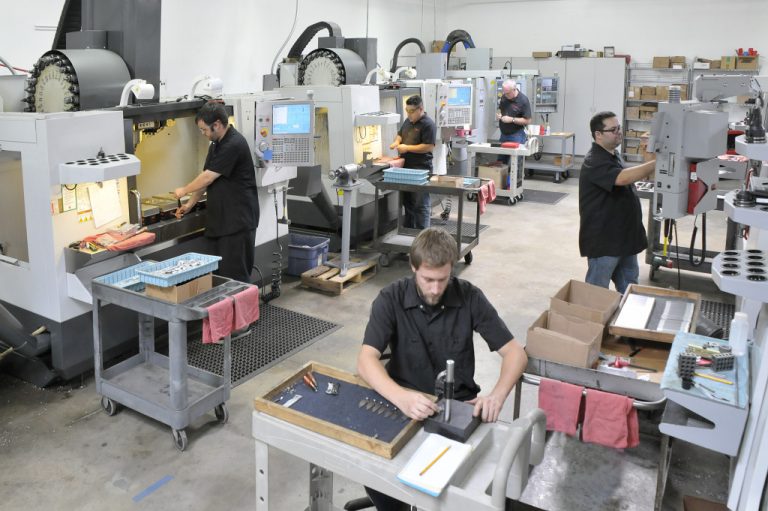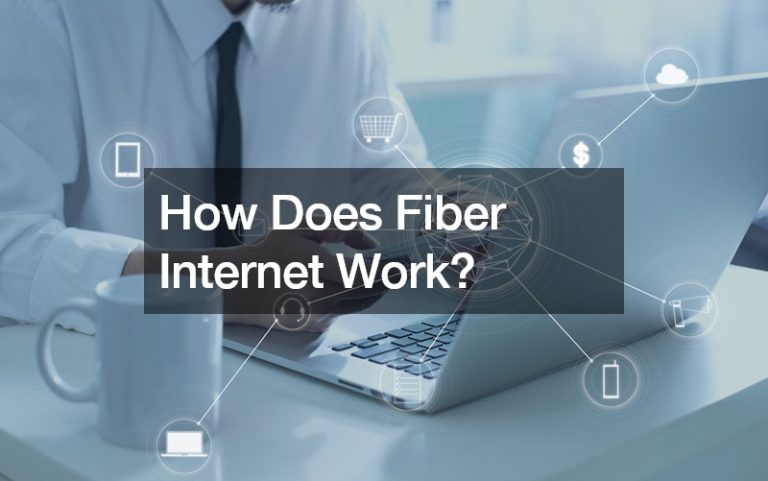Many people don’t know that there are different types of light bulbs. The three most popular light bulbs are incandescent, halogen, and LED. And aside from those, there are many more. Each type of light bulb has different benefits and drawbacks. In this blog post, you’ll about the different kinds of light bulbs and what makes them unique.
Incandescent Light Bulbs
Incandescent light bulbs are the most common type of light bulb. They’re also the least expensive. However, they’re not energy-efficient; they only convert about 10% of their energy into visible light. The rest is wasted as heat. This makes them quite hot to the touch, which can be dangerous if you have young children or pets who could accidentally knock them over.
Halogen Light Bulbs
Halogen light bulbs are a type of incandescent light bulb. They’re more energy-efficient than regular incandescent light bulbs because they use less electricity to produce the same amount of light. However, they still make a lot of heat, which can be a safety hazard. On the bright side, these don’t contain mercury and last an average of one year.
LED Light Bulbs
LED light bulbs are the most energy-efficient type of light bulb; they use about 75% less energy than regular incandescent light bulbs and last up to 25 times longer. They also don’t produce any heat, which makes them safe to use around children and pets. However, they are more expensive than regular incandescent light bulbs and halogen light bulbs.
You can find LEDs in all colors of the rainbow, some even offering multiple colors or different white light hues. Plus, many are dimmable or feature other modern benefits like daylight and motion sensors. These bulbs perform admirably both indoors and out, especially in colder temperatures. For your outdoor needs, try pathway lights, step lights, and porch lights — all available with LED technology.
CFL Bulbs
CFL bulbs, or compact fluorescent lamps, are another energy-saving bulb. CFLs work by passing electricity through a gas to produce ultraviolet light. This ultraviolet light then strikes a phosphor coating on the bulb’s inside, emitting visible light. CFLs are about 4 times more efficient than incandescent bulbs and last up to 10 times longer. However, they contain small amounts of mercury, so it’s essential to dispose of them properly when they finally burn out.
Xenon Bulbs
Xenon HID (high-intensity discharge) bulbs are typically used in car headlights because they produce a bright white light that is easy to see in even the darkest conditions. Xenon HID bulbs pass an electric current through a gas-filled chamber—this creates an arc between two electrodes, which heats and vaporizes the metal halide or sodium salts in the gas mixture. The result is a bright white light that is similar to natural sunlight.
However, xenon HID bulbs require a bit more time to warm up than other types of bulbs—so they’re not ideal for use in household applications where you need instant illumination.

Aircraft Lights
Aircraft lights are designed to withstand the rigors of air travel. They are made to withstand vibration, extreme temperatures, and altitudes. Aircraft lights are also required to have a long life span, which is why they are often made with LED technology. LED aircraft lights can last tens of thousands of hours, making them an excellent choice for air travel.
Smart Bulbs
Smart bulbs are a newer technology that is slowly gaining in popularity. These bulbs can be controlled with a smartphone or tablet, allowing you to change the color, intensity, and even the pattern of the light. Smart bulbs are also very energy-efficient, using less electricity than traditional incandescent bulbs. Many smart bulb manufacturers also offer warranties, so you can be sure that your investment will last for years to come.
Solar Bulbs
Solar bulbs are an energy-efficient alternative to traditional light bulbs. They work by converting sunlight into electricity, which is then used to power the bulb. Solar bulbs are available in a variety of shapes and sizes, making them a versatile lighting option for both indoor and outdoor use. Additionally, solar bulbs are significantly more durable than traditional light bulbs, with many models lasting up to 10 years.
While solar bulbs initially cost more than traditional bulbs, they quickly pay for themselves through lower energy bills. In fact, over their lifetime, solar bulbs can save you hundreds of dollars in energy costs. So if you’re looking for a way to reduce energy consumption and save money, solar bulbs are a great option.
Now that you know the different types of light bulbs and their benefits and drawbacks, it’s easier to choose the right one for you. If you’re looking for an inexpensive and readily available option, then an incandescent light bulb is a good choice for you. If you want something more energy-efficient but still affordable, then a halogen light bulb is a good choice for you. If you want another energy-efficient option that doesn’t produce heat, then an LED light bulb is the right choice.
No matter which option you choose, you can rest assured knowing you made an informed decision!












